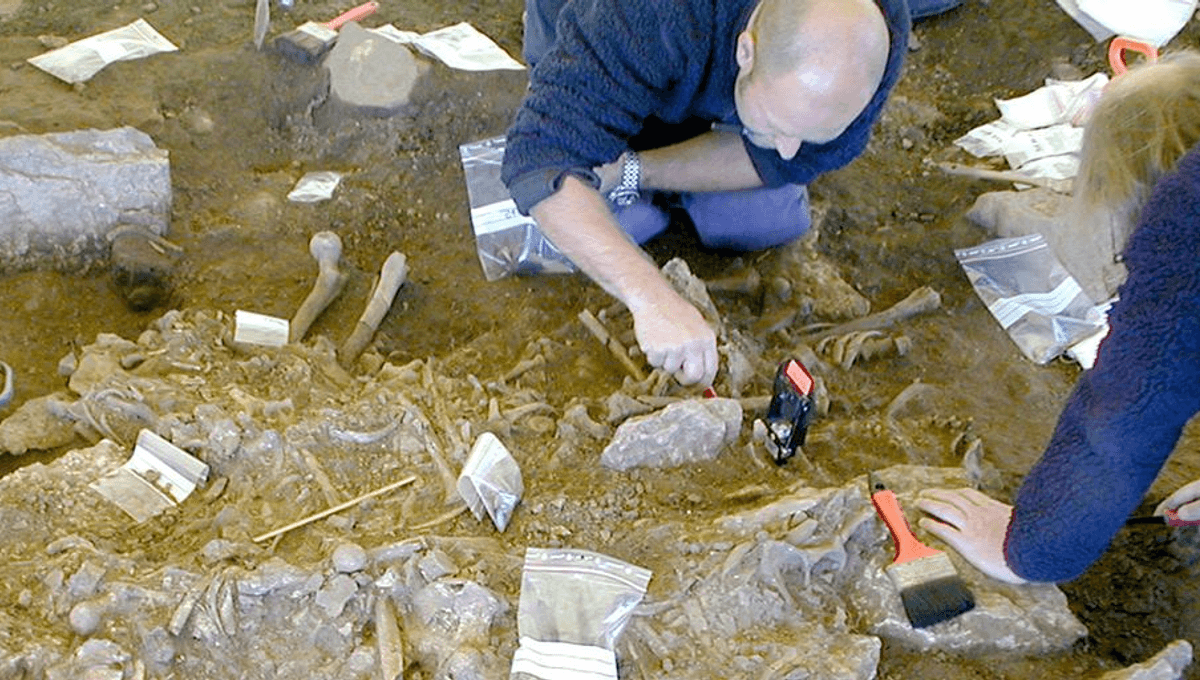
The Bubonic plague that killed a third of the population of Europe and parts of Asia in the 14th century stands as possibly the most devastating disease epidemic in world history. But it seems there had been a warning of what the bacterium could do thousands of years before, when it was a contributor to – and perhaps the cause of – the “Neolithic decline” when Scandinavian populations fell drastically.
Farming originated in warm river valleys but spread during the Neolithic, the time between agriculture’s beginning and the development of metallurgy. Unfortunately, by putting more people close together than could survive in hunter-gatherer populations, the agricultural revolution made it much easier for infectious diseases to spread.
The presence of the plague-causing bacterium Yersinia pestis in Scandinavia 5,000 years ago was proven in 2019, but debate has continued as to how much of a problem it was. Not all varieties of a virus or bacterium are equally infectious or lethal. Dr Frederik Seersholm of the University of Copenhagen and colleagues sought to see how widespread plague was among Neolithic farmers 5,300-4,900 years ago by testing teeth and bones from 107 individuals from Sweden and one from Denmark.
“The analyses show that 18 of these individuals, 17 percent, were infected with the plague when they died. Furthermore, our results suggests that the youngest plague strain we identify might have had epidemic potential,” Seersholm said in a statement. This made Y. pestis the most common pathogen, including less virulent ones, the scientists found. Just because people were infected with the plague when they died doesn’t mean it was the cause of death – the bacterium can be carried for quite a while until dying of other causes. Nevertheless, the potential is there.
If 17 percent of those dying in a particular year were victims of plague that would still make it only a modest contributor to any population crash, but the bodies sampled were much more spread out in time. Most came from happier times before the plague arrived, or between waves.
Considering that the population of Scandinavia and Northwestern Europe fell so dramatically that agriculture stopped in many areas within a few centuries, something big must have taken place. The building of great megaliths stopped at the same time. In the absence of evidence of major climate change, disease is the leading suspect.
“We cannot – yet – prove that this was exactly how it happened. But the fact that we can now show that it could have happened this way is significant. The cause of this population decline, which we have known about for a long time, has always been subject of debate,” Seersholm said.
Besides revealing the plague’s presence, Seersholm and colleagues tested its DNA and that of the people buried at these sites. “We have been able to carry out a comprehensive mapping of plague lineages, and a detailed description of other microbes in the DNA data. At the same time, through these analyses, we have been able to look at the human DNA from a broad perspective to a local one – and right down to the individual level, getting a picture of the social organization that existed back then,” Dr Martin Sikora said.
This allowed the team to rule out the possibility of a single devastating wave. One family was traced over six generations, which suffered at least three outbreaks in that time, from distinctly different plague strains. This pattern is familiar; the Black Death of 1347-53 was followed by periodic resurgences until the 17th century.
We don’t know how the disease spread, but it was not through fleas like in the Middle Ages. All strains lacked the mutation that allows Y. pestis to survive in the insect’s digestive tract, unlike the species from which it evolved.
The family relationships revealed in the human DNA indicate a culture where women were buried (and presumably lived) with the families of their husbands. Some of those buried at these sites have recent ancestry from the Eurasian steppe, mixed with local DNA.
Of course, northern Europe did not remain depopulated for long. A culture called the Corded Ware complex expanded into the area starting from 4,800 years ago. Whether they carried an immunity to this strain of Y. pestis, or if the bacterium became less deadly for a while, is not known.
The study is published open access in the journal Nature.
Source Link: 5,000 Years Ago, Plague Probably Brought Down Europe’s First Farmers